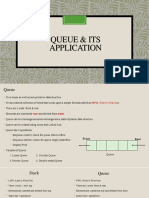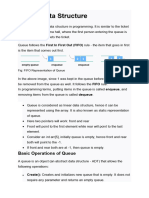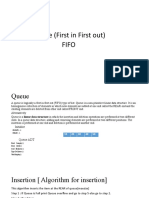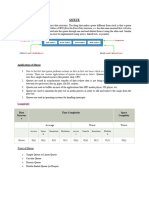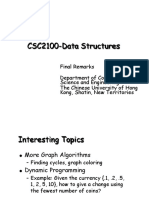0% found this document useful (0 votes)
5 views18 pages03 Queue Data Structure
all the important concepts of Queue in data structure described.
Uploaded by
farzadamini177Copyright
© © All Rights Reserved
We take content rights seriously. If you suspect this is your content, claim it here.
Available Formats
Download as PPTX, PDF, TXT or read online on Scribd
0% found this document useful (0 votes)
5 views18 pages03 Queue Data Structure
all the important concepts of Queue in data structure described.
Uploaded by
farzadamini177Copyright
© © All Rights Reserved
We take content rights seriously. If you suspect this is your content, claim it here.
Available Formats
Download as PPTX, PDF, TXT or read online on Scribd
/ 18







